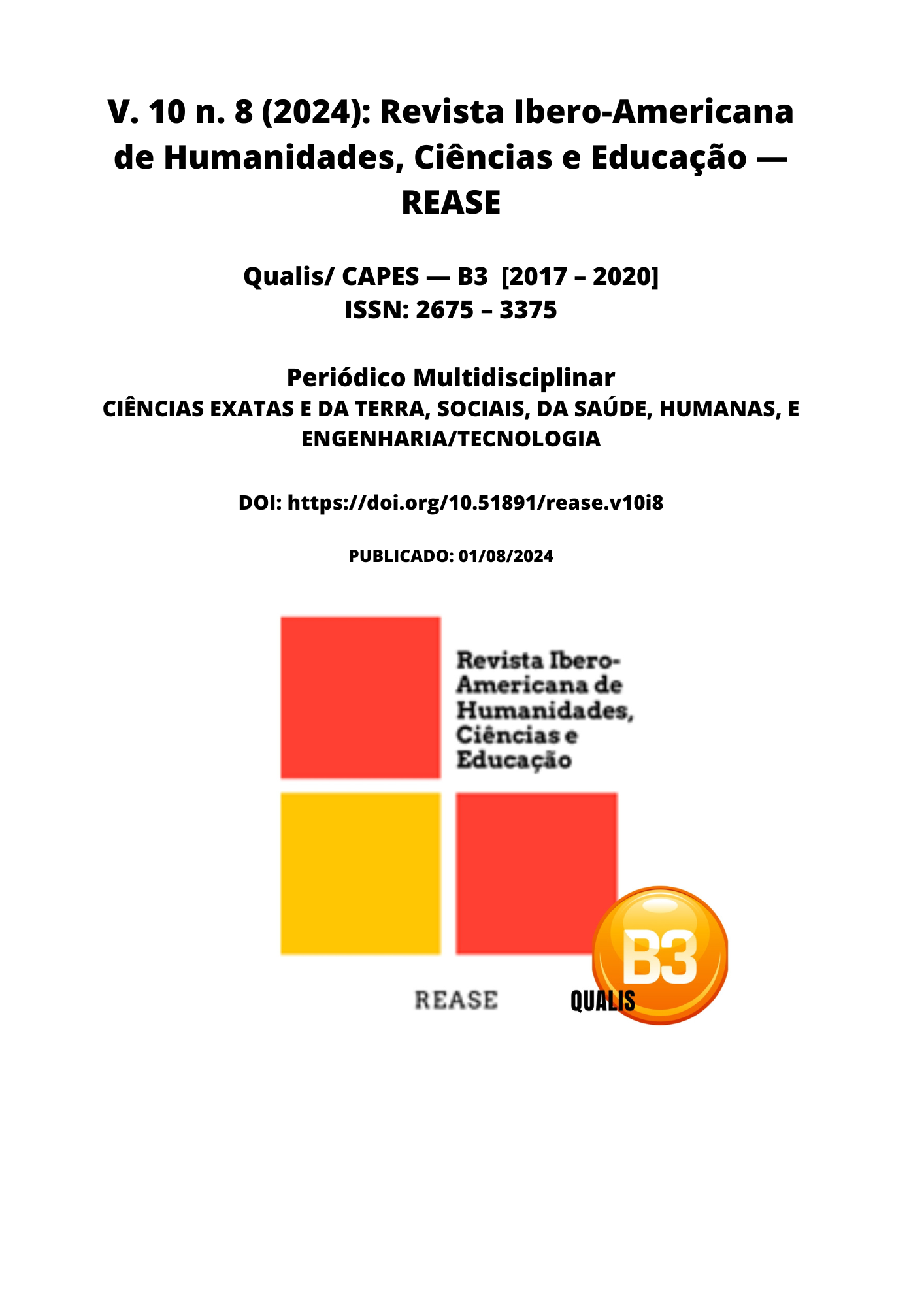HARNESSING THE POWER OF ARTIFICIAL INTELLIGENCE FOR EARLY DETECTION AND MANAGEMENT OF DIABETIC RETINOPATHY, AGE-RELATED MACULAR DEGENERATION, AND GLAUCOMA: A NARRATIVE REVIEW OF DEEP LEARNING APPLICATIONS IN OPHTHALMOLOGY
DOI:
https://doi.org/10.51891/rease.v10i8.15395Palavras-chave:
Diabetic Retinopathy. Macular Degeneration. Glaucoma. Artificial Intelligence. Ophthalmological Diagnostic Techniques.Resumo
Artificial intelligence (AI) and intense learning (DL) models have emerged as powerful tools in ophthalmology, revolutionizing the early detection and management of ocular diseases such as diabetic retinopathy (DR), age-related macular degeneration (AMD), and glaucoma. This narrative review explores AI's current applications and future potential in these domains, focusing on using convolutional neural networks (CNNs) and other DL architectures to analyze retinal fundus photographs, optical coherence tomography (OCT) images, and visual field tests. By leveraging vast datasets and identifying subtle pathological features, AI models have demonstrated high accuracy, sensitivity, and specificity in detecting these diseases, often surpassing human graders. Integrating AI into clinical practice holds promise for enhancing diagnostic efficiency, facilitating early intervention, and ultimately improving patient outcomes. However, challenges related to data quality, model interpretability (the ability to understand and trust the decisions made by AI models), and ethical considerations (such as patient privacy and consent) must be addressed to fully realize AI's potential in ophthalmology. Future research should focus on validating AI models in diverse populations, exploring novel DL architectures, and developing integrated systems seamlessly incorporating AI into clinical workflows.
Downloads
Downloads
Publicado
Como Citar
Edição
Seção
Categorias
Licença
Atribuição CC BY

